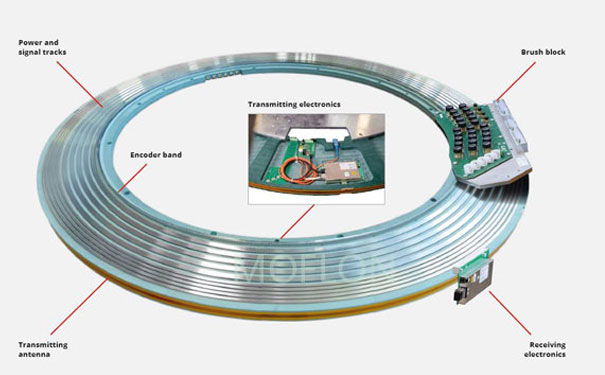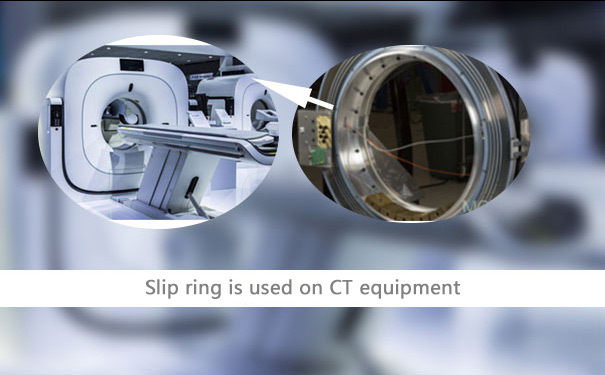Computer Tomography Scanners or CT Scanners place a lot of demands on all of their components and subsystems. High demand and Dramatic increase in the functionality of Computer Tomography, including acute care, oncology, and cardiology, places the requirement of robust and artifact-free imaging on all elements of data generation as well as a transmission and a processing system.

Challenges
The basic and primary challenges with a Computer Tomography scanners or CT scanners are the requirement and ability to transmit data to the stationary data processing computer from the rotating detector for X-Ray. In the earlier, the basic slip ring was used for the transmission and flow of data in the Computer Tomography Scanners or CT scanners. But with the ever-increasing need for data speed requirement in multi-slice machines the slip ring manufacturer had to look for an alternative method in the form of coming up with new slip ring for handling data across the rotating interface which is required optical data link is used for transmission of the high rate image data from the detector array in the CT gantry of the Computer Tomography Scanners or CT scanners

Advantages
.The machine uses Fiber brush method with long no-maintenance life and minimum wear debris.
.Since the audible noise in the mechanical system, the operation is low so the machine is overall quieter.
.There is an option available for optically or capacitive couple rings for any high-speed communication of data.
.The density of the circuit and the compact design of the Computer Tomography Scanners or CT scanners make it more valuable.
. There is a large bore design with the diameter of the inside of 50 inches.
.Error-free transmitting of image data at speeds up to or exceeding 20 gigabits every second is one of the most important elements in Computer Tomography Scanners or CT scanners. Sometimes the electrical power for of high amount is transmitted across the sliding electrical connection over a ring diameter of one diameter at 200 and above rotations per minute.

Key elements in CT scan slip rings
.They use data channels which are non-contacting for image signal data (1 to more than 20 Gigabyte per second).
.They have contacting rings for transfer of power.
.They have a bi-directional channel for the Gantry control.
.They have specialized large diameter rings.
The technology behind Computer Tomography Scanners or CT scanners
The Computer Tomography Scanners or CT scanners need to rotate an X-ray tube and detector for X-ray array around the patient at rotational speeds of 120-280 rotations per minutes. The beams of X-rays are sent through the patient's body to be captured by detector array for the creation of the subsequent image. One of the most important technologies behind the drastic improvements in Computer Tomography Scanners or CT scanners is the innovation of slip rings and inclusion of latest sip ring technology that has enabled to increasingly improve the image and diagnostic functions.
